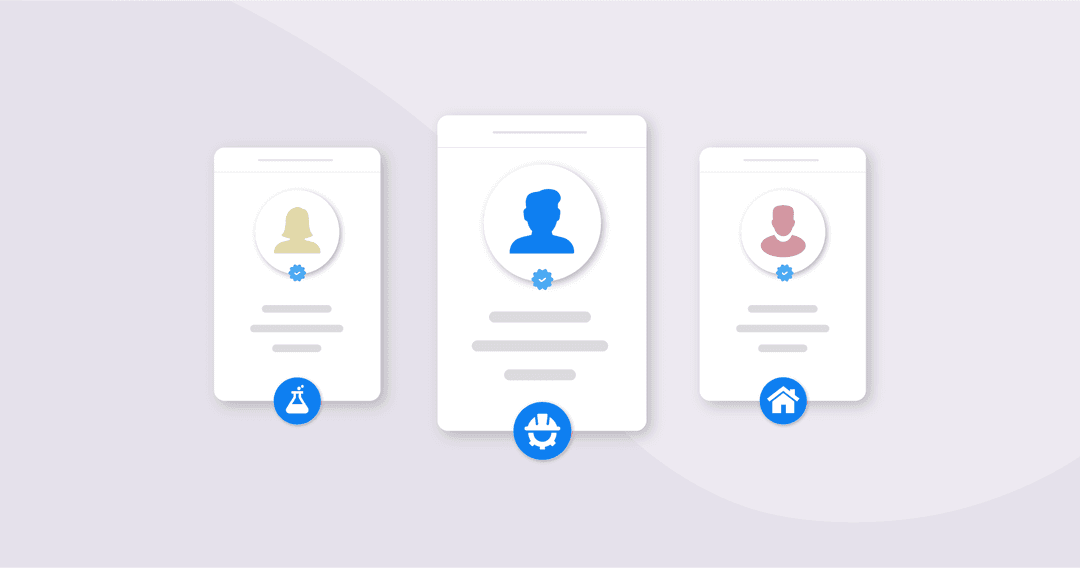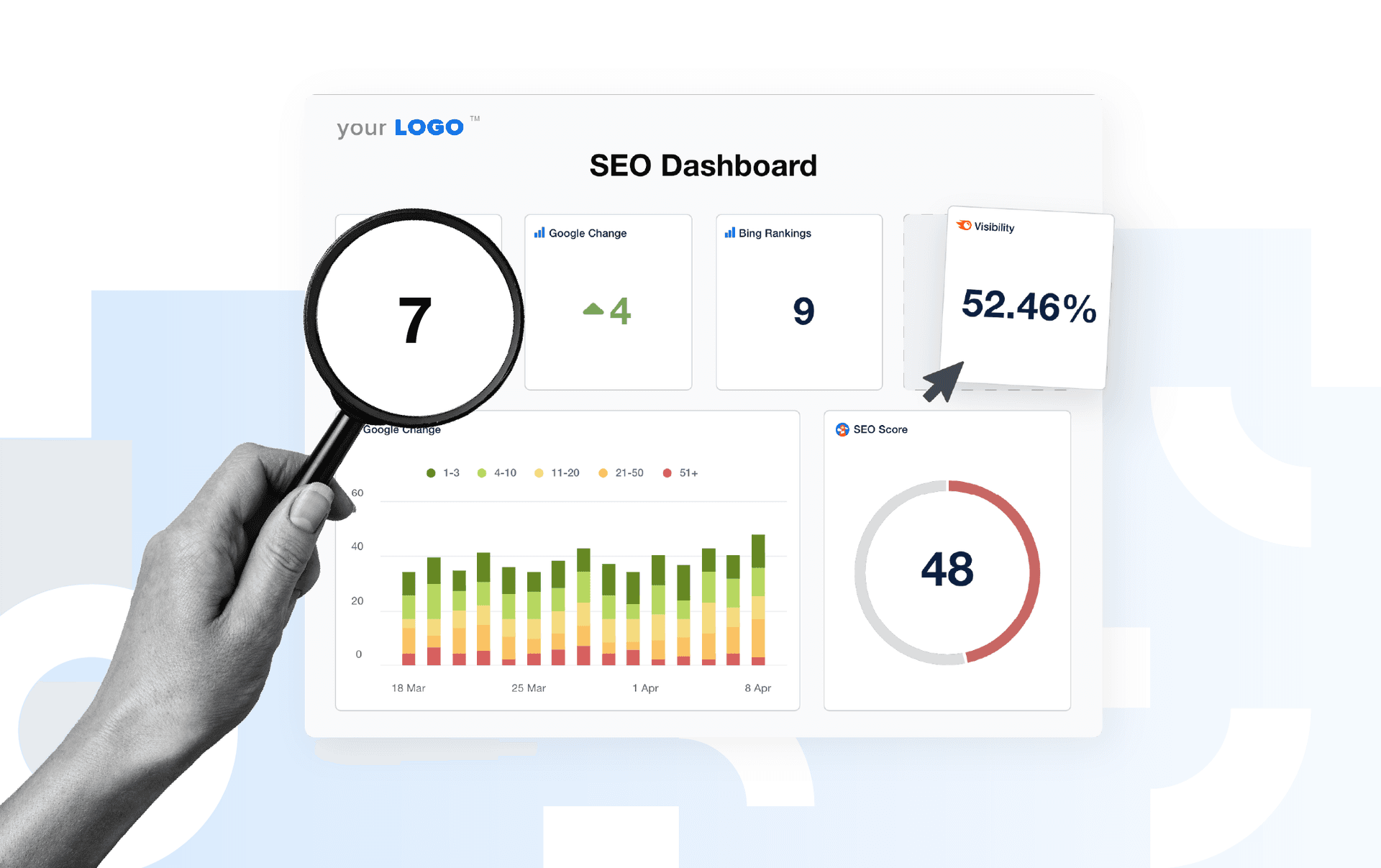Table of Contents
QUICK SUMMARY:
Outreach personas are fictional profiles used in SEO to enhance guest posting effectiveness. They involve creating detailed, lifelike identities for outreach, which helps in pitching content ideas to site owners. This method has the potential to significantly boost email response rates. This guide explains the ethical considerations and practical steps for implementing outreach personas in a link-building strategy.
When it comes to search engine optimisation, it’s no secret that inbound links play a huge role in the weight and authority that search engines give to any given site in their search results. As such, link building is an extremely important of any marketing strategy for those who aspire to perform well organically.
Guest posting, or guest blogging as it’s also known, has traditionally been a popular link building technique, used by many as a staple part of overriding link building strategy. Due to its popularity and effectiveness in the past, guest posting as a strategy has become somewhat tarred with spammers and people producing low-quality content, looking for a quick win.
The problem with guest posting
It’s often the case nowadays that webmasters are overly cautious of guest posting, and treat anyone who pitches guest content to them with suspicion. Those with the strongest and most authoritative sites and blogs accept only the highest quality content if they accept any at all, and the slightest whiff of self-promotion is enough to make any site owner run a mile.
That’s the difficulty with guest posting in the current digital world, especially for the likes of digital agencies who may outreach on behalf of clients: site owners do not like accepting content for the purpose of promoting another site. While of course, nine times out of ten, the point of a guest post is to build a link back to a target website, the trick is not to come across as promotional.
That’s where outreach personas can be useful.
What is an outreach persona?
An outreach persona is, in short, a made-up personality that you use to reach out to target site owners and pitch ideas for guest content. An outreach persona has their own email address and social media profiles to truly bring the personality to life – all the way down to the finer details like profile pictures and education and employment histories.
Why use an outreach persona?
The benefit of using a persona to conduct outreach is that, overall, they can help to improve your response rate and increase the number of pieces of content that you place (and therefore links that you build).
Consider the following example: Lucy is an outreach executive working for a digital agency, and she is tasked with building links for one of the agency’s clients: a garden center. Lucy spends hours finding a number of high-quality websites in the home and garden niche and then filtering out the ones that won’t accept guest content. She spends more time still generating ideas for useful, good quality content, and crafting her outreach emails to tailor each one specifically for the target site. As far as anyone is concerned, Lucy has done everything perfectly – from finding the right sites to target, to pitching something of quality and value. However, Lucy gets no responses for all her efforts. To understand why we have to consider things from the recipient’s point of view. What the site owners see when they receive the email is:
Someone working in marketing, looking to write about gardening
Someone working on behalf of someone else
Someone looking to promote a client that they are receiving remuneration from
As site owners often receive a large number of requests (and therefore have an array of guest posts to choose from) and these things alone are likely enough to result in them declining, or even just ignoring the email, let alone all the above factors together.
Using an outreach persona can help to avoid these issues, as the persona you create will be tailored to the industry that you’re outreaching to, and will not be obviously associated with any particular company.
How to create an outreach persona
Creating an outreach persona is not hard, however, it can be time-consuming. It’s worth taking the time to build up your persona’s presence online, as your target site owners will need to believe that they are a real person.
Step one: industry
The first step of creating an outreach persona is to know which industry they will operate in. It’s for this reason that – again using the example of someone working on behalf of agency clients – you may create multiple personas for each client you need to outreach for. The nature of the industry that your persona will work in can dictate a great number of things about them – from their gender, to their interests, to where they live.
Step two: basics
The next step is to create basic information for your persona:
Name
Gender
Age
Location
Occupation
Referring back to our above example, Lucy the outreach executive may create the following persona to conduct her outreach for the garden centre client:
Name: Andrea Grennan
Gender: Female
Age: 36
Location: Stratford-upon-Avon
Occupation: freelance blogger.
A female was chosen for this particular niche as it’s typically one associated more with women than men. ‘Andrea’ is a relatively common first name that will invoke a sense of familiarity when compared to more unusual names, such as ‘Aurelia’ for instance. The surname ‘Grennan’ may also invoke a sense of familiarity with those with garden-related sites, due to its similar spelling with the word ‘green’. Andrea’s name is also appropriate for her age: 36. Placing Andrea in her 30’s (as opposed to her 20’s as many people conducting outreach of this nature typically are) gives her a certain air of experience and authority.
The location of Stratford-upon-Avon is rural enough for someone to have experience maintaining their own garden (as opposed to inner city London), whilst still being large enough to be recognizable. An understanding of the link between Stratford and Shakespeare may also give the impression of Andrea being creative and a good writer, which lends to her occupation of a freelance blogger (this is a logical occupation for someone pitching content submissions and allows them to remain unlinked from a company or brand).
Lucy would also find one or two images of a woman in her mid-30’s to use as Andrea’s profile pictures, of course ensuring that the images are appropriately licensed and free to use. It’s important to keep the basic personal information realistic above all, whilst still cleverly creating links to your desired niche or topic.
For example, a persona with the name Daisy-Rose Gardener may raise a few eyebrows and cause suspicion.
Step three: profiles
After you have created the basic information around your persona, it’s time to bring them to life by creating a presence for them online. First, you’ll need to create an email address for them – a gmail one is typically fine. Using the persona’s name as the address is a good idea, as it looks more professional and legitimate.
It can be useful to create a document to keep track of all your persona’s details and information as you go along so that you don’t forget anything – especially if you’re likely to create a number of different ones. After you’ve verified and set up your email, you can use that address to create social profiles. LinkedIn is a must, to provide verification of your persona’s credentials, and Twitter is useful for generating a cloud of topic-relevant content around your persona. Use Facebook with caution: it’s a platform more for personal use with family and friends, so it’s worth bearing in mind that your persona won’t have any family or friends.
When creating your profiles, ensure that your persona’s location and other information (such as date of birth) remains consistent. Be sure to make some connections on LinkedIn and follow accounts on Twitter, as well as re-post content relevant to your niche.
Using your outreach persona
After you’ve created your persona and given them a presence online, you will be able to start using them to conduct outreach.
It can be useful to create different users in your browser for each of your personas, that way you can stay logged in to each persona’s emails and accounts for quick access. Outreaching with a persona is largely the same as normal outreach that you may be used to doing – the only difference being that you introduce yourself as the persona, and play on your specialization in the given niche.
It can be difficult, to begin with, as your persona’s profiles will still be fairly flat, and you won’t have any examples of previous writing to offer up, however, the more success you have, the easier this will become going forward.
Persona maintenance
It’s important that you maintain a certain level of activity of your personas’ social profiles, even when you’re not actively using the persona for outreach. Allowing a persona’s online presence to go stagnant takes away from its authenticity, and will undo a lot of the hard work you put into building that presence up, to begin with.
How effective are outreach personas?
It’s impossible for me to say here how using an outreach persona will affect your own outreach, as there can be so many factors at play – even down to the mood that your email recipient is in when they read your message. However, what I can do is provide you with information showing how the use of outreach personas has affected my own personal outreach efforts.
Before I started using outreach personas, I probably had a response rate of around 15%. That is to say that every 20 outreach emails I sent out, roughly three would accept. As you can imagine, this is not an ideal rate to be working with, as it requires quite a lot of effort for a relatively minimal return. In order to build 30 links to a client’s website, I would have to pitch 200 emails – just to put it into perspective.
I believed that responses were being hindered due to the issues discussed above under ‘Why use an outreach persona’, and so when I came across the idea of using personas, I thought it could be the perfect solution. After creating a couple of personas to start out with – one specializing in the motoring industry and another operating more generally in the ‘business’ related world – I found that my response rates improved significantly – to about 25%. This means that using a persona, I would have to send 120 emails to build 30 links, instead of the 200 when not using a persona. This decreases the amount of outreach I have to do by around 40%.
I would say that overall, even including the extra time that has to be spent maintaining and up-keeping persona presences online, there is an overall decrease in workloads and therefore an increase in efficiency.
Is it dishonest to use a persona to conduct outreach?
Aside from all the pros and cons and ups and downs of creating and using outreach personas, there can be a bit of a question of morality surrounding the use of outreach personas.
Some would argue that’s it’s deceitful to use outreach personas, as you’re pretending to be someone that you’re not. When it comes down to it, this is true, and there’s really no argument to say otherwise.
However, what can be said from the opposing point of view is that while somewhat deceptive, outreach personas are not fraudulent or damaging in any way. You’re not pretending to be someone else in order to use information maliciously or steal data. You’re not reaching out to site owners with the intention of duping or scamming them in some way – you’re simply trying to tailor your offering to align with your target audience, and that’s standard good marketing practice. Ultimately, it’s up to you to decide whether or not you think there are honesty or morality issues around the use of an outreach persona.
If you do decide that outreach personas are a technique that you’d like to try, then you could have just found yourself a simple, straightforward way to increase the effectiveness of your email by around 40% - or potentially even more.
About the author
Hannah Corbett is an Inbound Marketing Manager. She specializes in organic search engine marketing, with a particular focus on content-led techniques. You can connect with Hannah on LinkedIn or follow her on Twitter.

Written by
See how 7,000+ marketing agencies help clients win
Free 14-day trial. No credit card required.





